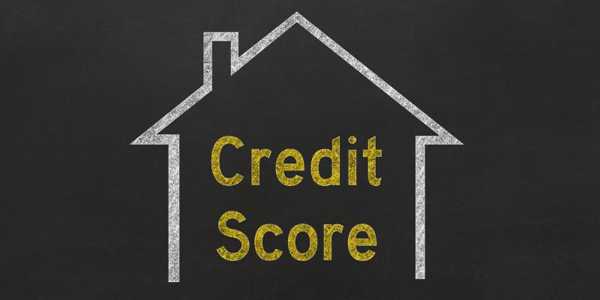
9 Helpful Tips To Stage Your Home For A Quick Sale
Tooba
Selling a home can be a stressful experience, but there are strategies you can use to speed up the process and secure the best possible price. One of the most effective ways to achieve a quick sale is by staging your home. Home staging is more than just cleaning up—it's about presenting your property in a way that appeals to potential buyers and helps them envision themselves living there. In this article, we'll look at practical tips for staging your home to make it stand out in a competitive market in 2025.
Why Staging Your Home Matters
The first impression a buyer has of your home is crucial. In today's fast-paced real estate market, potential buyers often make decisions quickly, sometimes even before stepping inside. The goal of home staging is to ensure that your home looks its best in photos and in person. Research shows that staged homes tend to sell faster and for more money than unstaged homes. By creating a welcoming, neutral environment that appeals to a wide range of buyers, you increase your chances of getting a quick sale.
Cleanliness Is Key
Before you think about rearranging furniture or adding new décor, the first step in staging your home is making sure it’s clean. A clean house is a sign of a well-maintained property and helps set the tone for the rest of the staging process. Start with a deep clean—this means not only dusting and vacuuming but also cleaning windows, baseboards, and light fixtures. Pay attention to small details like wiping down kitchen counters, scrubbing bathroom tiles, and cleaning appliances.
If your budget allows, consider hiring a professional cleaning service. A fresh, clean space will create a sense of comfort for potential buyers and allow them to focus on the features of your home rather than any mess or grime. Cleanliness also extends to outside areas like the front yard and driveway, so don't overlook the exterior of your home.
Declutter Your Space
Once your home is clean, it's time to declutter. One of the biggest mistakes homeowners make when selling is leaving too much personal stuff around. Buyers want to be able to picture themselves in the space, and a cluttered room full of personal items can make that difficult. Decluttering helps create a neutral, open environment that allows potential buyers to imagine how they would use the space. Start by removing excess furniture, knickknacks, and personal photos. If you have rooms full of things, consider temporarily renting a storage unit to keep your items out of sight. This not only makes the space look bigger but also creates a sense of calm and order. Don't forget to tidy up closets and storage areas. A well-organized closet can make your home seem more spacious, and many buyers will check these spaces.
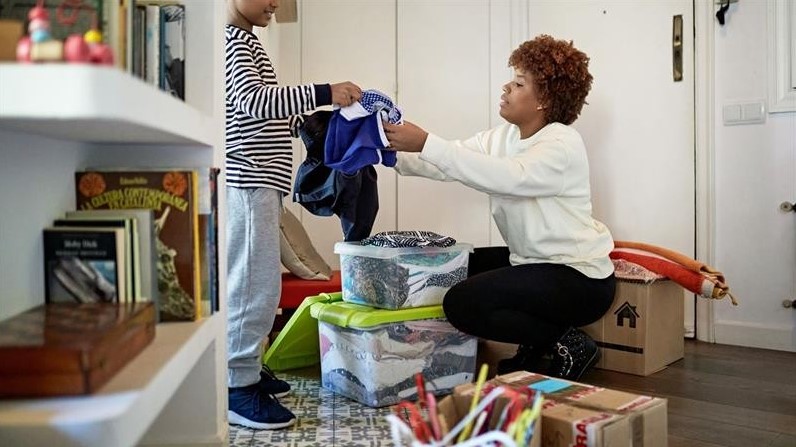
Maximize The Space
Once you've decluttered, think about how to make the space feel bigger and more functional. Staging your home isn’t just about filling it with pretty furniture; it’s about showing how each room can be used. If you have a small room, try to arrange the furniture in a way that makes the space look larger. This might mean removing a piece of furniture to open up the area or rearranging items to create a better flow.
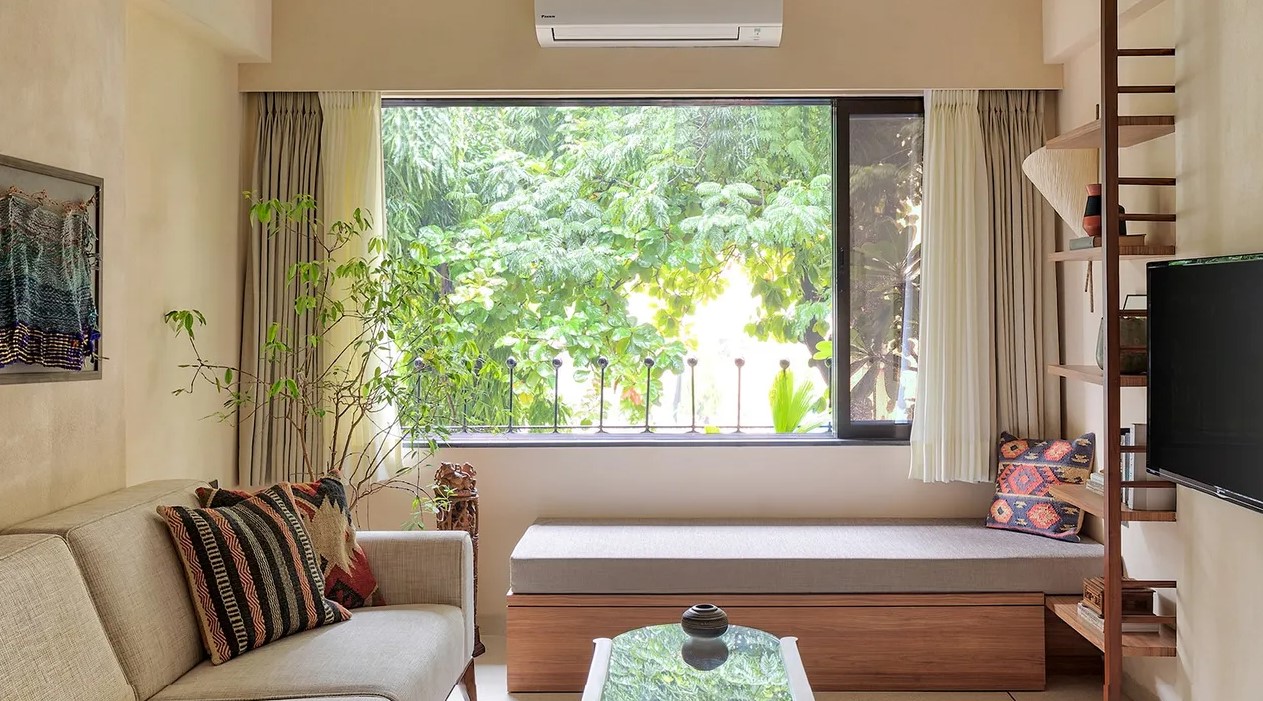
In bedrooms, use light-colored bedding and keep the furniture minimal. The goal is to make the room look calm and inviting. In the living room, consider removing oversized furniture that might make the space feel cramped. Instead, opt for a smaller, more streamlined arrangement. For smaller spaces like bathrooms, try keeping counters clear and using subtle décor, such as fresh towels and simple accessories, to create a clean and modern look. Remember, you want buyers to see the potential in every room, regardless of its size.
Use Neutral Colors
When staging your home, it’s important to create a neutral color palette that appeals to a wide range of buyers. Bold or personal color choices can be a turn-off for some people, so consider repainting rooms in neutral shades like soft grays, beige, or off-white. These colors create a calm, inviting atmosphere and can make rooms feel brighter and more spacious.
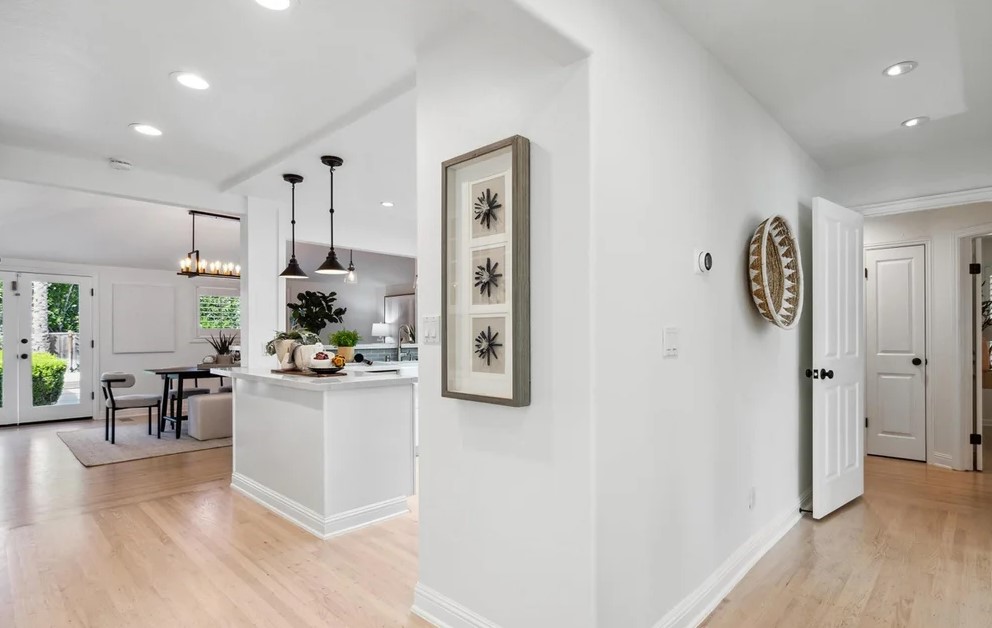
If you're working with a limited budget, you don’t need to repaint every room. Focus on the areas that are most visible or have the most impact, like the living room, kitchen, and bedrooms. You can also use accessories like pillows, rugs, and curtains in soft, neutral tones to tie the space together without overwhelming the buyer.
Highlight Key Features
Every home has certain features that set it apart from others. Whether it’s a beautiful fireplace, large windows, or high-end appliances, it’s important to highlight these features during the staging process. To do this, arrange furniture in a way that draws attention to these standout elements.
For example, if your home has a fireplace, position the seating around it to create a cozy focal point. If you have large windows with a view, avoid blocking them with heavy furniture or drapery. Instead, use light, sheer curtains, or blinds that let in as much natural light as possible.
In kitchens and bathrooms, make sure the countertops are clear and the cabinets are neatly organized. If your home has high-end appliances or fixtures, make sure they are clean and in good working order so buyers can appreciate their value.
Bring In Fresh Accents
Adding fresh décor items can make your home feel more inviting and appealing. When staging, less is often more, so aim for a few carefully chosen accents rather than overcrowding the space. Fresh flowers, decorative bowls, and art pieces can help bring warmth to the home without being overwhelming.
Consider using light fixtures to add ambiance, and incorporate a few stylish throw pillows, rugs, or blankets to create texture and comfort. Keep the style consistent throughout the home—this will help create a cohesive, polished look.
Pay Attention To Curb Appeal
First impressions count, and the exterior of your home plays a major role in how buyers perceive your property. When staging your home, don't forget about the yard, driveway, and front door area. The goal is to create an inviting, well-maintained exterior that draws buyers in.
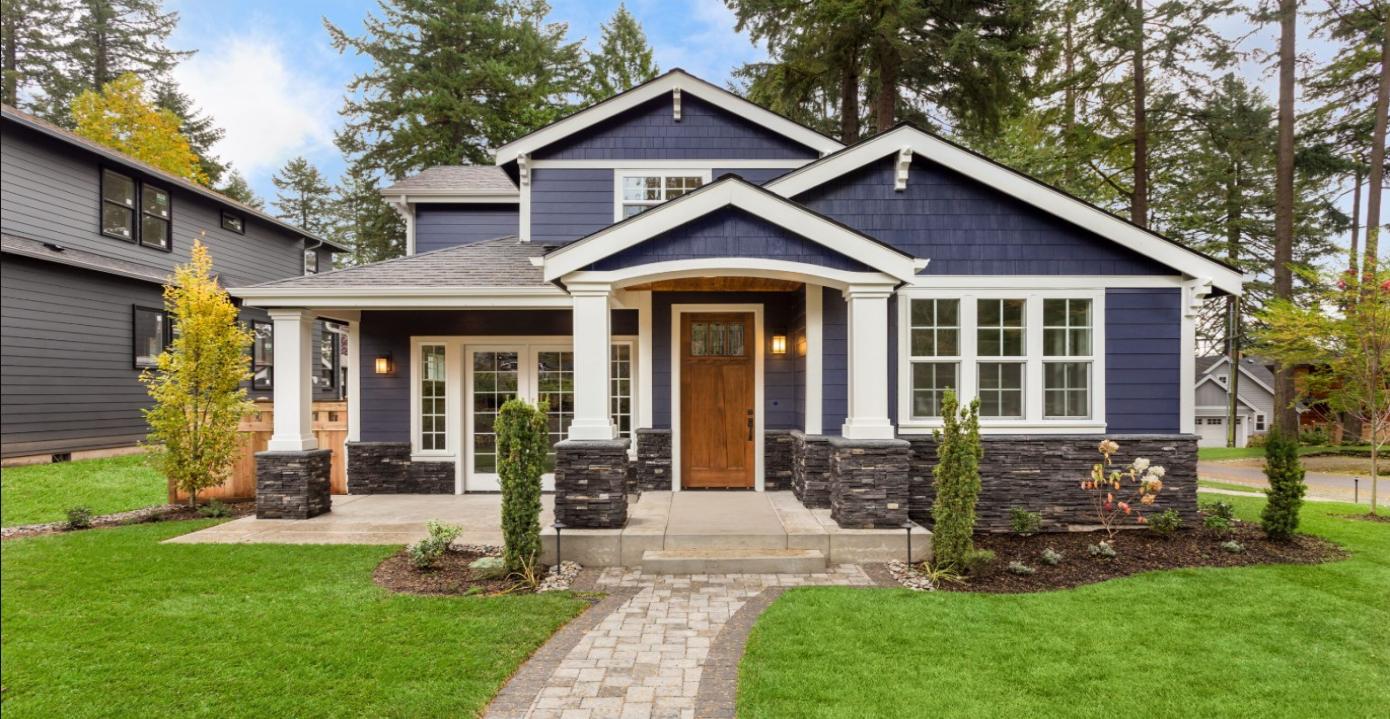
Start by cleaning up the yard. Trim overgrown bushes, mow the lawn, and pull any weeds. If you have a porch, make it welcoming by adding a new doormat and a couple of potted plants. Repainting the front door or adding a fresh coat of paint to the trim can also make a significant difference. If the weather allows, placing a few outdoor chairs or a small table can give the space a welcoming feel.
Stage For The Market
Staging your home for a quick sale also involves understanding your target market. Different buyer demographics may respond to different staging styles. For example, young families may appreciate a more casual and cozy look, while empty-nesters or professionals may prefer a sleeker, more modern style. If you're unsure of what style will appeal to buyers in your area, ask your real estate agent for advice. The way you stage your home should reflect the lifestyle that buyers in your market are looking for. Tailor the décor and design to appeal to these preferences while still keeping it neutral enough for a wide range of buyers.
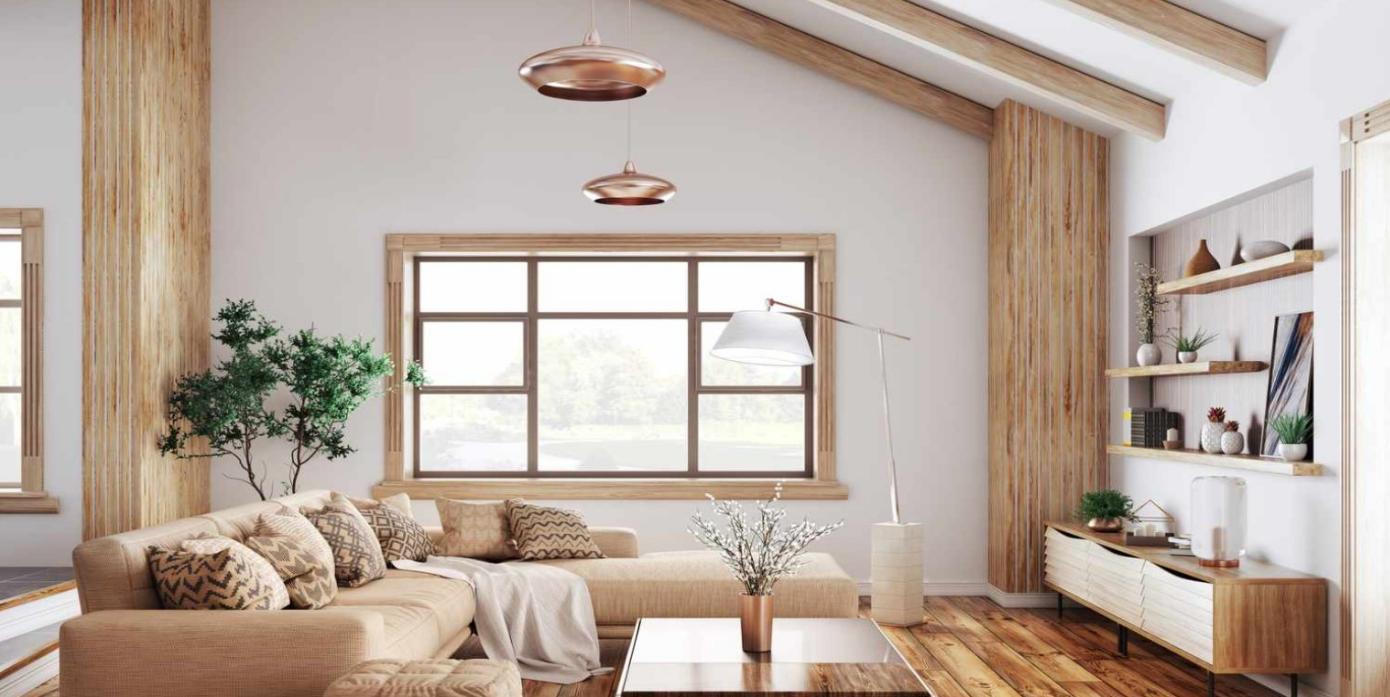
Work With A Professional Stager (Optional)
While many sellers can successfully stage their homes on their own, hiring a professional stager can be a worthwhile investment. Professional stagers have experience in transforming spaces and can help you identify areas that need improvement. They may also have access to furniture and décor that can elevate the look of your home and give it a more polished appearance.
If you do decide to work with a professional, make sure to discuss your goals and budget ahead of time. A good stager will work within your budget and create a look that highlights your home's best features.
Conclusion
Staging your home is one of the most effective ways to increase its appeal and speed up the selling process. By focusing on cleanliness, decluttering, maximizing space, and using neutral colors, you can create a home that potential buyers can imagine themselves living in. Highlighting your home’s best features and paying attention to curb appeal will ensure your property stands out in the competitive real estate market of 2025. With a little effort and some smart staging choices, you can set the stage for a quick and successful sale.
